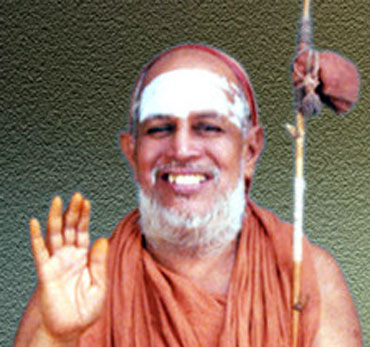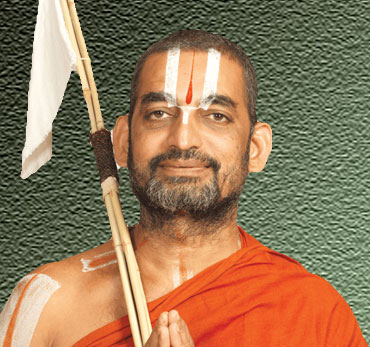The present location of the temple Construction was once resembled a fort. The Vasavi Co-operative Housing Society and Vasavi Graduate Co-operative Housing Society developed 30 acres in to 343 plots and named it as Vasavi colony.
An association by name Vasavi Colony Residents Welfare Association was formed by the plot holders of both the societies and it took the initiative of constructing a temple in 1500 sq yds. Padmasri Ganapati Sthapathi a well known agama shastra Pandith was consulted for the construction of temple. He designed the temple with the blessings of spiritual head his holiness Sri Sri Sri Jayendra Saraswathi swamiji and Sri Sri Sri Shankara Vijayendar Saraswathi Swamyji of kanchi kamakoti Peetam.
Under the president ship of Sri G. Chandra Sekhar approached Sri Sri Pulleru Narayana Dasu garu and requested him to be the honorary president for construction committee. The following construction committee was formed.
Sri Pulluru Narayana Dasu Garu - Honorary President
Sri Gaurisetti chandrashekar Garu - President
Sri Telukuntla Ramesh - Vice-President
Sri Kusuma Radhakrishna Murthi Garu - Vice-President
Sri Bandam Damoder Garu - Secretary
Sri G.C. Gupta Garu - Deputy Secretary
Sri Divvela Satyanarayana Garu - Treasurer
Sri Aepuru Sudhaker Garu - Deputy Treasurer
Sri Somavarapu Satyanarayana Garu - Member
Sri Male Narsimhulu Garu - Member
Sri Dr. Pabba Srinivas Garu - Member
Sri K. Balaraju Garu - Member
Sri Amaravadi Harikishan Garu - Member
Sri A.B. Koteshwararao Garu - Member
Sri S. Hanmantarayudu Garu - Member
Sri S. Nagaeshwar Rao Garu - Member
Sri G.C. Pandurangam Garu - Member
Sri Lakshmi Narsaiah Konda Garu - Member
Sri G. Rajeshwar Rao Garu - Member
92 Maharaja Poshakas has joined to the team to develop the temple.
Foundation of temple was laid on 23 Feb 1991. It took 5 years to complete. The vigraha pratishta was performed on 22 April 1996 by the spiritual heads Sri Sri Sri Jayendra Saraswathi and Sri Sri Sri Sankara Vijayendra Saraswathi of Kanchi kamakshi peetam and kumbhabhishekam was performed by Sri Sri Sri Tridandi Srimannarayana Chinna jeeyar swamy.
2000 Yards of Land Gifted by Vyshya Graduate Co-operative housing Society for construction of “Archaka Nilayam, Staff Quarters and Goshala the committee also constructed a shopping complex Nitya Pravachana mandapam for devotees and Yaga shala, Chakra Tirtham, Ratha Shalaa, Akshya Bhavan Groud Floor – Pasasadam, Arjith seva, Sesha Vastra vikraya Sala, Manager and Public Relation Office, Frist floor - Ashta Lakshmi Akshya Trust for Anna Danam Second Floor - Administrative office, 3rd Floor Guest house in the Area of two acres.
The Temple is also Running School Name Saradha Shishu Vidyalayam up to 5th class, teaching them Sanathana dharma.



